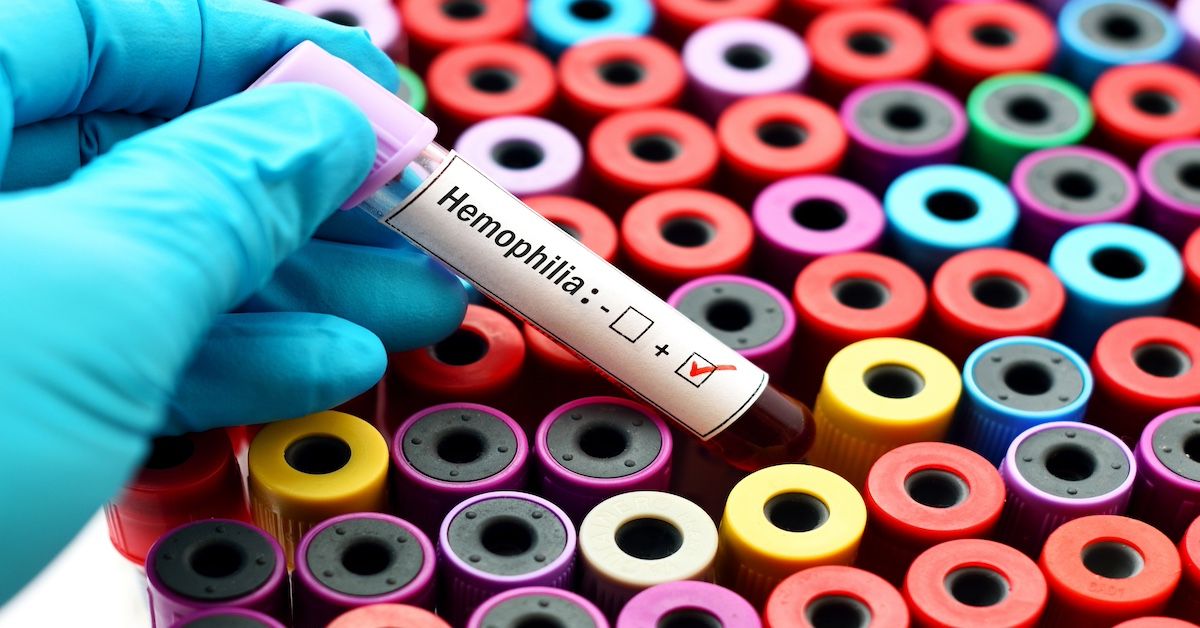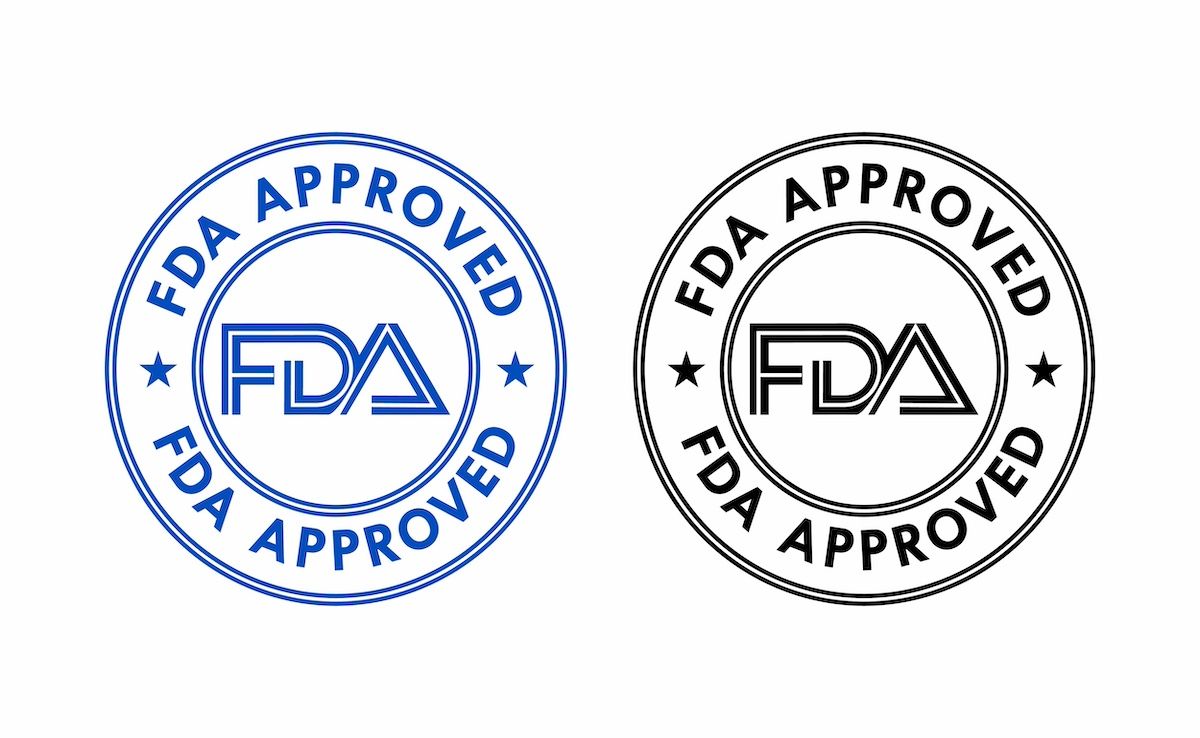Article
Report Suggests Best Practices for Care of Pediatric Sickle Cell Disease
Author(s):
A panel of specialists proposed 26 essential elements for comprehensive pediatric sickle cell disease care, laying groundwork for standardized guidelines and the establishment of accredited care centers in the future.
A special report published in Pediatric Blood and Cancer proposes a roster of essential, optimal, and suggested components of pediatric sickle cell disease (SCD) treatment that could help optimize outcomes for these patients in the US.
“Although SCD is the most prevalent genetic disease of childhood in the US, SCD treatment, care infrastructure, and research have been underfunded compared with cystic fibrosis and hemophilia,” the authors wrote. "The funding disparity has produced limited treatments, few care guidelines or standards, and inadequate reimbursement compared with other complex pediatric diseases.”
Early treatment of SCD, a rare inherited blood disorder, can significantly alter the course of the disease and minimize the lifetime symptom burden for patients. Preventive care with hydroxyurea, for example, can help minimize irreversible organ damage that occurs over time in patients with SCD. Therefore, a collaborative multidisciplinary care team with expertise in SCD therapy is crucial in optimizing outcomes.
While newborn screening in the US identifies individuals with SCD, there is a lack of formal long-term tracking of these cases. Varied follow-up processes between states affect access to care for patients with SCD, and there are currently no standardized guidelines for pediatric SCD treatment. Progress in the development of SCD-specific therapies has also been stagnant in recent decades, and there are currently no federal mechanisms supporting comprehensive SCD centers in the US.
The new report, authored by Hulbert et al., used a modified Delphi consensus-seeking process involving 19 pediatric SCD experts to form similar guidelines for the pediatric SCD population. This effort aims to inform future accreditation processes for comprehensive pediatric SCD centers.The specialists who provided inputreached a consensus—defined as two-thirds agreement on an item’s categorization—on 26 essential aspects of pediatric SCD care, 10 optimal elements, and 5 suggested elements.
Team members deemed essential for a comprehensive pediatric SCD center include a physician with expertise in SCD, pediatric hematology team, outpatient nursing staff with SCD experience, a social worker, care coordinator, and an education liaison for patients. These team members would ensure that essential processes are done efficiently and in collaboration with relevant clinicians and programs.
Standardized processes for pediatric SCD treatment are also needed, including follow-up on newborn screening and timely initiation of prophylactic therapy and preventive care. A defined transition process from childhood to adult care is also an essential aspect of maintaining hematology access and improving outcomes for patients. Patients with SCD are prone to acute pain episodes, which warrant additional management guidelines that include emergency departmentprotocol. Formal quality assessment and improvements, as well as a formal patient and family feedback process, are also essential aspects of a comprehensive care center.
The authors also proposed essential diagnostic tests and therapies. Hydroxyurea prescription starting at 9-12 months is recommended to prevent acute chest syndrome, strokes, hospitalizations, and the need for transfusions in children with hemoglobin (Hb) SS/S-β0 thalassemia. Transcranial Doppler ultrasonography screening, or sickle stroke screening, is also recommended for children with Hb SS/S-β0 thalassemia. Screening in the same SCD center or hospital could help reduce barriers to care, the authors wrote. Annual reviews of each patient’s pain management strategy are also essential to personalize treatment for optimal outcomes.
Optimal, but not essential, elements are SCD-specific but not absolutely necessary to include in guidelines. Care teams would optimally include a pain management specialist, advanced practice providers to increase the overall team’s capacity,a dedicated inpatient nursing staff, and physical therapists. Partnering with community-based organizations is another optimal step for comprehensive centers that can expand support systems for SCD patients and their families.
A dedicated inpatient area, day hospital or infusion center, and a dedicated outpatient clinic are all considered optimal physical spaces within a comprehensive clinic. Making clinical trials accessible to patients is another optimal aspect of comprehensive care that would encourage access to novel treatments. Patients treated at clinics with active trials in other diseases have also shown better outcomes, even if they are not enrolled in the trials.
Suggested elements include a written business plan that includes funding sources, financial impact, and sources of support; and additional care team members, including a clinical pharmacist, primary care physician, genetic counselor, and nutritionist.
The identification of essential, optimal, and suggested elements is just the first step toward standardizing pediatric SCD care. Accredited comprehensive care centers such as those for diseases like cystic fibrosis and hemophilia are still needed for SCD to reduce disparities in treatment availability. There may even be potential to utilize existing pediatric hematology resources from other programs, the authors noted.
“The care disparities between SCD and other childhood diseases have been driven by lack of federal funding and heightened by structural racism, and a standardized definition of comprehensive SCD care and center accreditation would be a step towards mitigating these disparities,” the authors concluded. These essential elements of care will also need to be updated as novel management strategies and treatments are developed.
Reference
Hulbert ML, Manwani D, Meier ER, et al. Consensus definition of essential, optimal, and suggested components of a pediatric sickle cell disease center. Pediatr Blood Cancer. Published online September 12, 2022. doi:10.1002/pbc.29961





